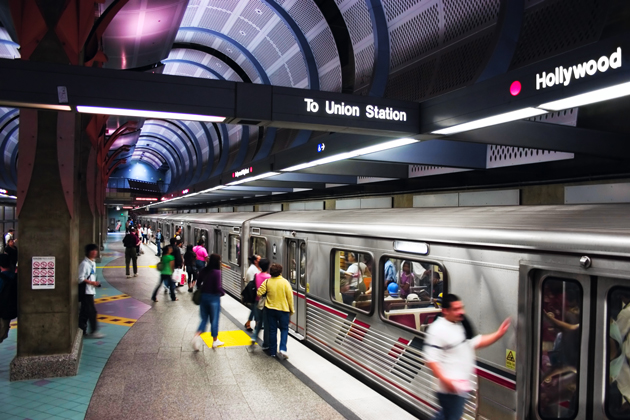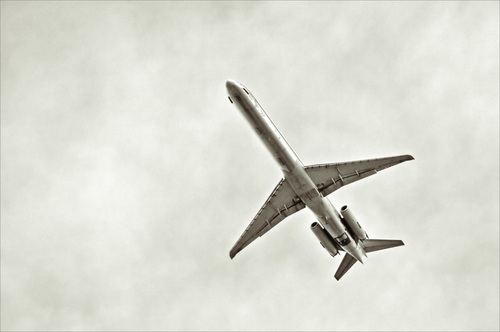 Security scanners that screen passengers entering stations and terminals are being tested around the country and have been installed in subway stations in Los Angeles. The Associated Press reported that the machines scan for both metallic and non-metallic objects. They can detect suspicious items from a distance of 30 feet and are capable of scanning more than 2,000 passengers per hour. About 150,000 passengers ride on the Metro’s Red Line daily and the subway system counted more than 112 million rides last year, the AP said.
Security scanners that screen passengers entering stations and terminals are being tested around the country and have been installed in subway stations in Los Angeles. The Associated Press reported that the machines scan for both metallic and non-metallic objects. They can detect suspicious items from a distance of 30 feet and are capable of scanning more than 2,000 passengers per hour. About 150,000 passengers ride on the Metro’s Red Line daily and the subway system counted more than 112 million rides last year, the AP said.
The New York Times reported that the federal government has been studying the technology for 15 years. The Transportation Security Administration (TSA) partnered with the Los Angeles transit agency on the project, helping the agency test and vet security technologies. The devices purchased are made by the company Thruvision and can be placed at locations throughout the transit system, officials said.
According to the Times:
Officials in Los Angeles said that riders need not worry that their morning commute would turn into the sort of security nightmare often found at airports or even sporting events. The portable screening devices, which will be deployed later this year, will “quickly and unobtrusively” screen riders without revealing their anatomy and without forcing them to line up or stop walking, they said.
“We’re looking specifically for weapons that have the ability to cause a mass casualty event,” Alex Wiggins, the chief security and law enforcement officer for the Los Angeles County Metropolitan Transportation Authority, said Tuesday. “We’re looking for explosive vests, we’re looking for assault rifles. We’re not necessarily looking for smaller weapons that don’t have the ability to inflict mass casualties.”
On Aug. 14 the scanners were tested in the Port Authority Bus Terminal in Manhattan, where in December a man set off a crude pipe bomb in an underground subway passageway, injuring himself. It is estimated that the Port Authority serves about 8,000 buses and 225,000 commuters daily.
As the Risk Management Monitor reported, the TSA also tested body scanners in New York’s Penn Station in Manhattan in February and has conducted tests at Union Station in Washington, D.C., and at a New Jersey Transit station during Super Bowl XLVIII, the AP said.

 The TSA set up a passive system known as a stand-off explosive detection unit at the Amtrak concourse to identify individuals carrying/wearing a person-borne improvised explosive device (PBIED), such as a suicide bomb or vest. Such a vest was worn by terror suspect Akayed Ullah, when he attempted to blow himself up in a tunnel connected to the Port Authority in Midtown Manhattan last December.
The TSA set up a passive system known as a stand-off explosive detection unit at the Amtrak concourse to identify individuals carrying/wearing a person-borne improvised explosive device (PBIED), such as a suicide bomb or vest. Such a vest was worn by terror suspect Akayed Ullah, when he attempted to blow himself up in a tunnel connected to the Port Authority in Midtown Manhattan last December.
